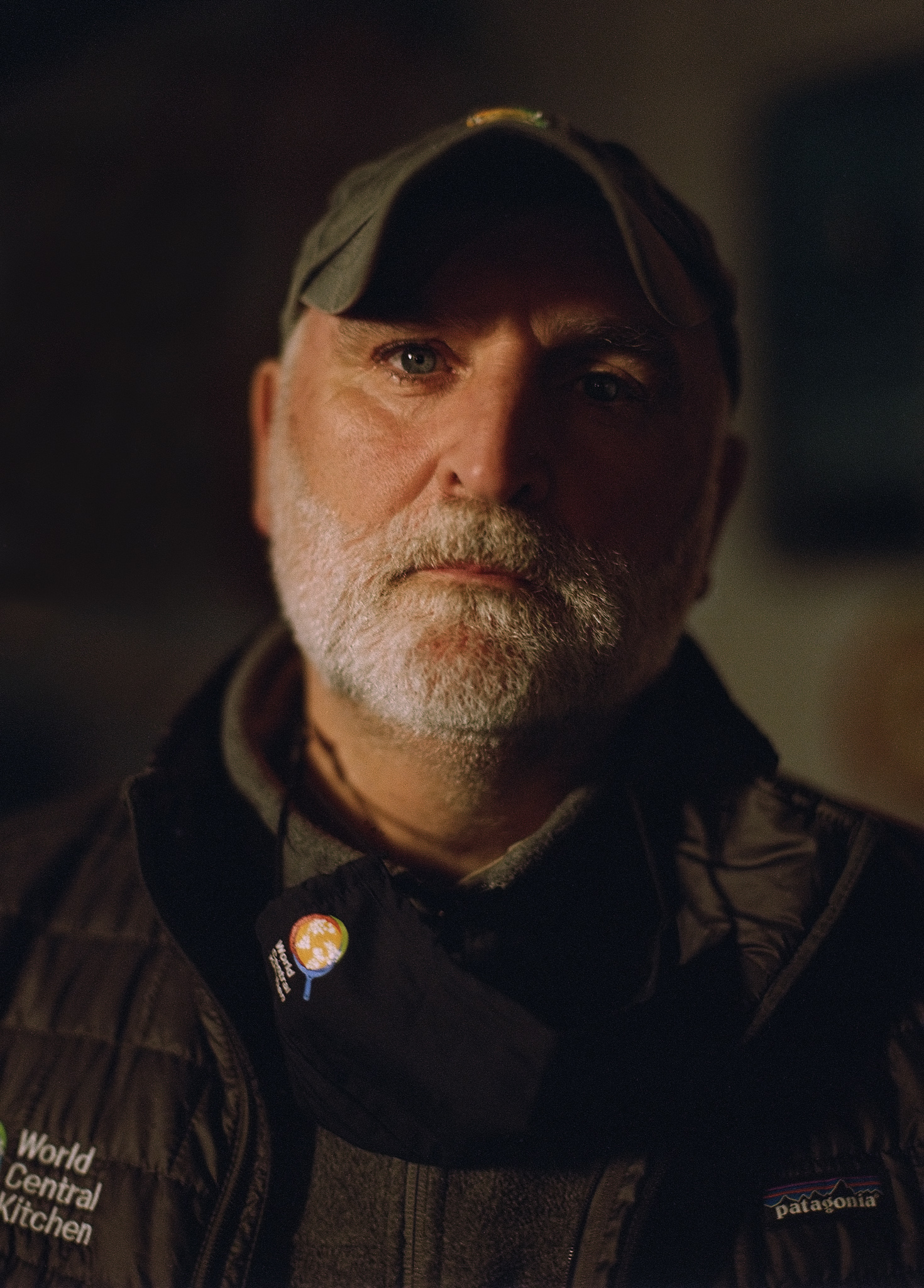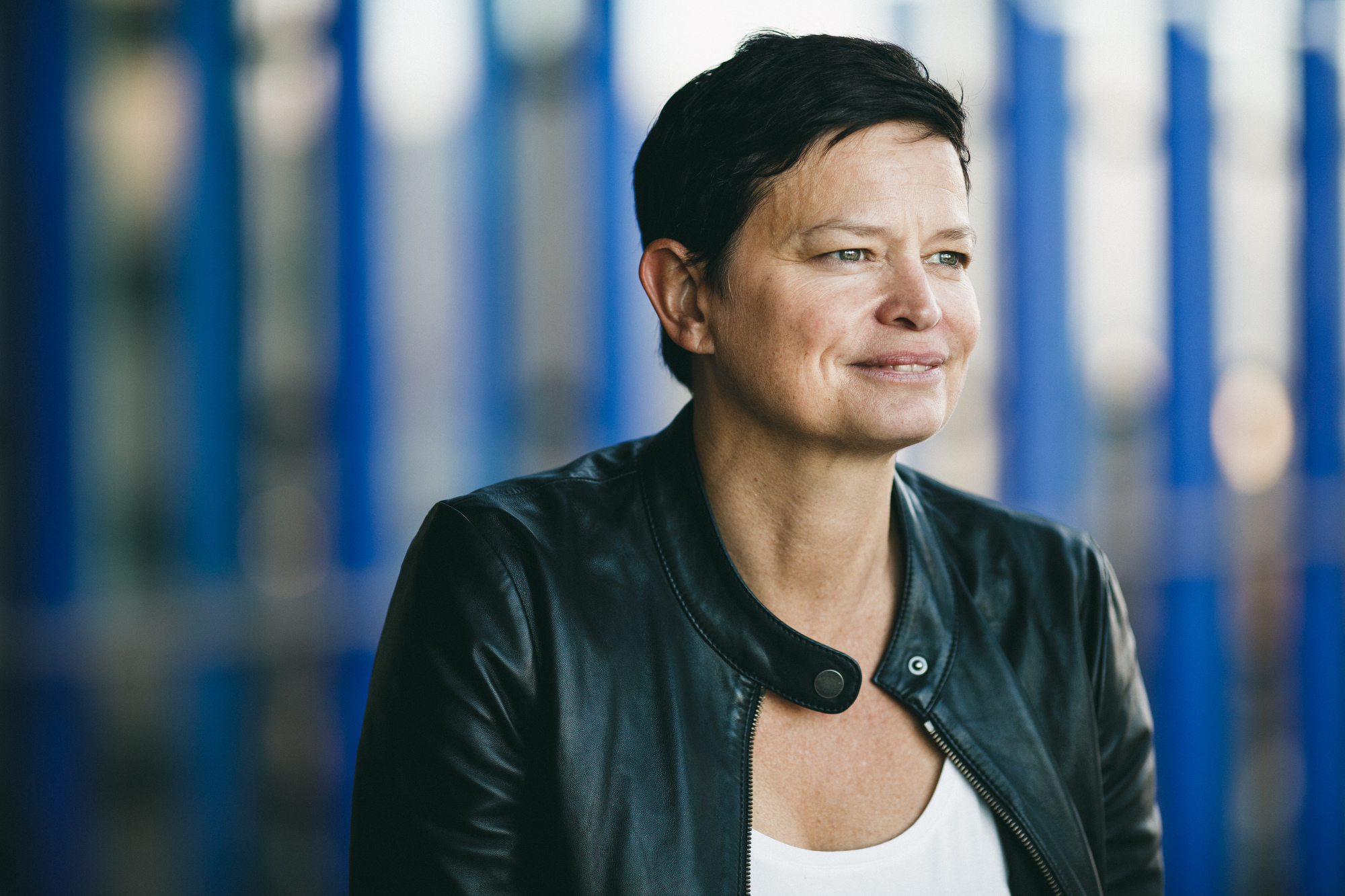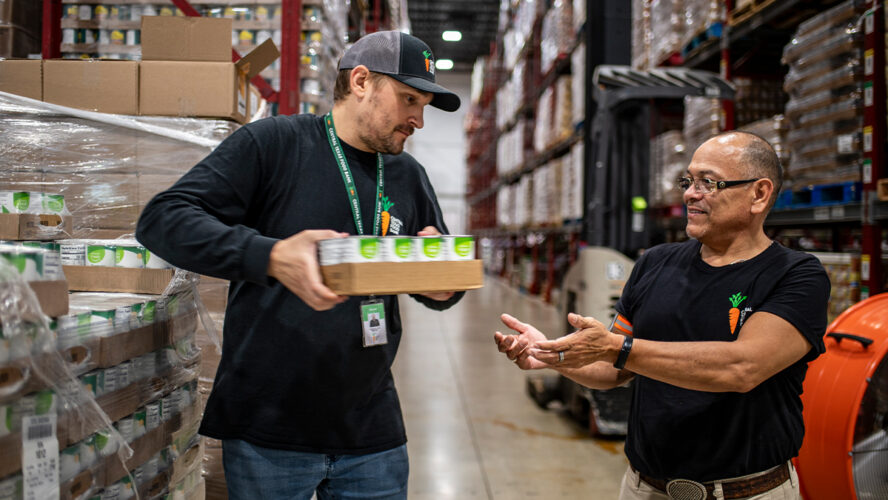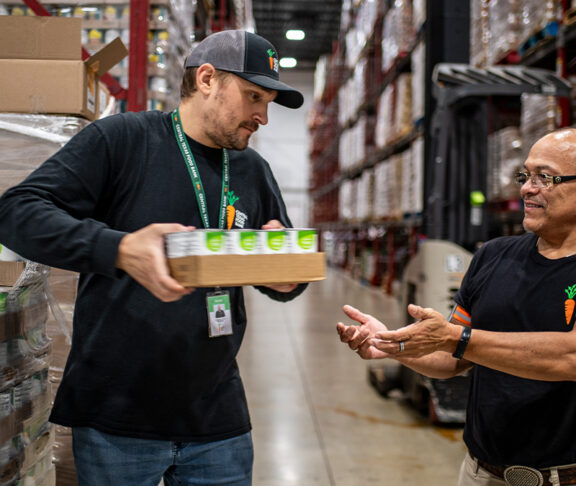Our panel of experts shares their know-how on being disaster-ready from a community and global perspective.

José Andrés
Founder, World Central Kitchen (WCK)
What are some of the most important ways communities can prepare for disasters before they happen?
One of the ways that World Central Kitchen (WCK) makes sure we’re prepared for disasters is by having people all around the world who are ready to help. Our teams are in the United States, Latin America, Europe, Asia, and Africa, and they’re all ready to help as soon as a disaster strikes. We also pre-position supplies in areas we know may need it, like in Florida during hurricane season. As for communities themselves, creating strong communication is how you make a strong community. When the people within a community support each other, that’s when they’re most ready for disasters. That can also mean supporting local groups who are helping their neighbors so that, when something happens, they can have someone on the ground immediately.
How can different organizations work together to support communities during and after disasters?
I always say that everyone is part of WCK, they just don’t know it yet. So, by working with WCK or by organizing in their own communities, building networks around food is so important. It’s all about people from around the world coming together to support each other. But it’s also understanding that each community, each country, each place is different, and so we have to understand the local needs and culture there. The best way to support communities, of course, is to make sure they have what they need before a disaster strikes.

Bettina Stix
Director of Disaster Relief, Food Security, and Education, Amazon
What are some of the most important ways communities can prepare for disasters before they happen?
Start thinking ahead now. You can purchase items that will keep you and your family safe if a disaster strikes. Make it easy on yourself and explore ready-to-go emergency kits from the American Red Cross on Amazon, including a car survival kit with winter supplies and a preparedness starter kit. You can also connect with government agencies, nonprofits, and first responders in your community to contribute to a stronger preparedness plan not only for you and your family, but for your neighborhood, county, city, and country.
How can different organizations work together to support communities during and after disasters?
At Amazon, we have a guiding principle: Our greatest impact comes from doing what we do best during and after disasters — moving products quickly and efficiently to exactly where they’re needed and repurposing our innovation and technology to fill needs, in close partnership with local organizations. The good news is every organization, whether for-profit or nonprofit, can use this same principle to identify how they can work with others to best support communities during and after disasters.
For example, Amazon’s disaster relief hubs showcase the importance of cooperation and collaboration in disaster relief. We stock commonly needed disaster relief items, like tarps, water filters, and masks, for our nonprofit partners at 15 disaster relief hubs around the world. Each is strategically located near disaster-prone regions. We have the space, products, and delivery network that many of our nonprofit partners don’t. It’s a win-win that helps nonprofits focus on what they do best, while Amazon focuses on what we do best.

